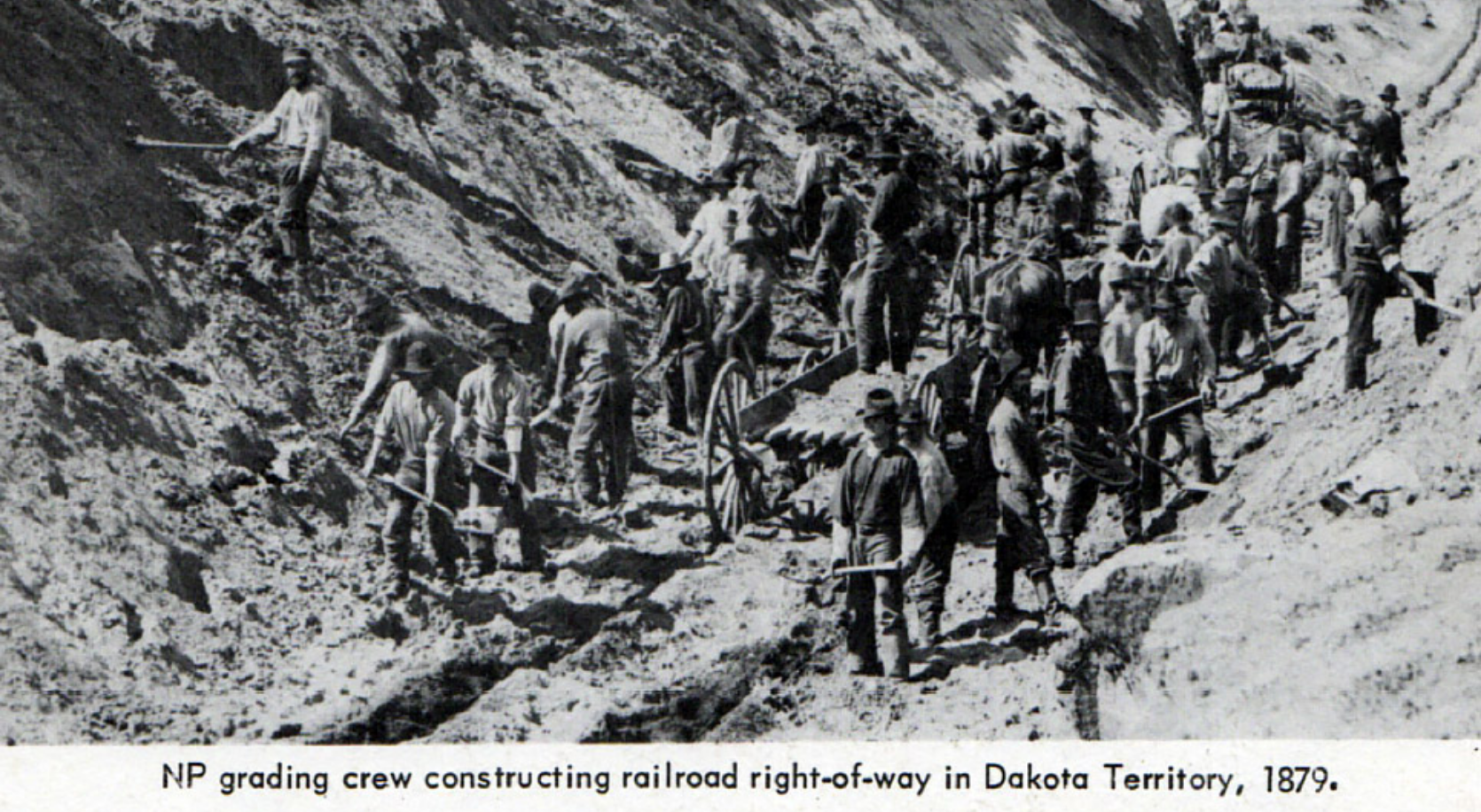
The Northern Pacific Railway Historical Association (NPRHA) is dedicated to preserving the history of America’s first northern transcontinental railroad. This is done by the nearly 1,600 members of the NPRHA who support research into the operations, equipment, and facilities of the NP and by modeling and publishing research findings. The NPRHA is an independent, 501(c)(3) non-profit, educational organization formed in 1981.
The signing of the charter for the Northern Pacific by Abraham Lincoln in 1864 and the completion of its mainline in 1883 were major factors in the opening of the northern tier of the United States. The NP was an early innovator in the areas of on-board dining services, the 2-8-2, 4-8-4 and 2-8-8-4 steam locomotive designs, the center-truss flat car and much more. The NP was involved in some key events affecting the development of the nation, such as: the demise of Custer, the financial collapses of 1873 and 1893, and the anti-trust legislation of the early 1900s.

Have a general question? Want to send us something?
Email us:
Write to us:
Northern Pacific Railway Historical Association
P. O. Box 2937
Kirkland, WA 98083-2937